Starting October 1st for new policies and April 1, 2022 for renewal policies, FEMA will be implementing its Risk Rating 2.0 for the National Flood Insurance Program. The Risk Rating 2.0 will be a fairer rating based on flooding variables for a particular property. Rate increases and rate decreases will be based off a more accurate depiction of the property’s likelihood to flood. Things like flood frequency, types of flooding (river flow, storm surge, heavy rainfall, etc.) and distance to water are all calculated along with property elevation and cost to rebuild to determine the rates and premiums for that property.
FEMA has not changed it National Flood Insurance Program rate structure since the start of the program in 1968. Now, with enhanced technology, properties’ unique flood risk characteristics will be used to create fairer rates.
Higher value single-family homes will more than likely see increases in premiums, but the limits on rate hikes for the NFIP have been maintained. So, rates may not increase more than 18% per year. Lower valued homes may see decreases as long as other factors like elevation and previous flooding do not exist.
FEMA expects 4% of policies will see significant premium increases while 23% of properties will see decreases. The remaining 73% will see $0-$20 per month increases.
What are the alternatives?
Banks are now accepting private flood insurance policies. A private flood insurance policy is written by an insurance company and is not part of the National Flood Insurance Program. These policies would be like other property insurance you buy that are underwritten and backed by an insurance company’s surplus to pay claims as opposed to the Federal Government.
Private Flood Insurance policies may save you in premiums but be sure to check with your bank to make sure the private flood policy you are looking at is acceptable. Banks are required by FDIC to make sure properties in special flood hazard areas have flood insurance to cover the loan. Normally the private insurance policy needs to have a clause that states “This policy meets the definition of private flood insurance contained in 42 U.S.C. 4012a(b)(7) and the corresponding regulation.” Or something similar to show it will cover the same as a National Flood Insurance Program policy.
Our agencies can help you look at options if you find your flood insurance bill going up.
Scott A. Surra, CIC – Insurance Producer/Insurance Educator, St Mary’s Insurance Agency & Affiliates, Inc.

